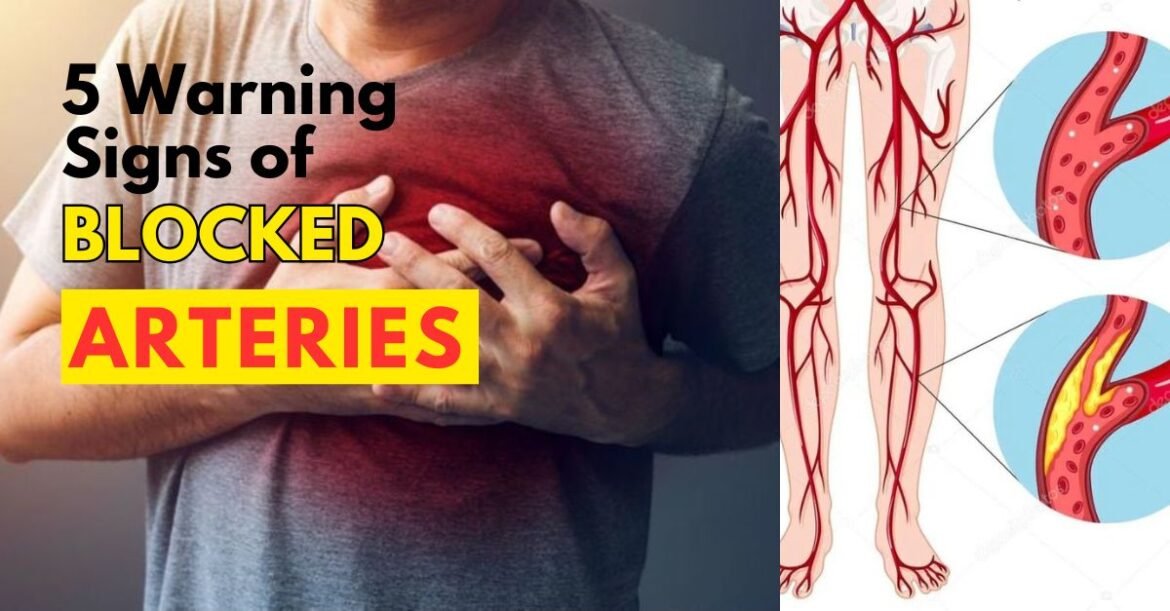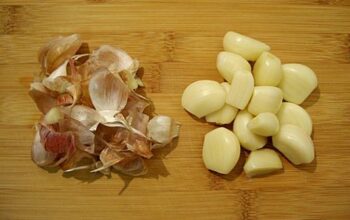Blood clots are gel-like masses that form in the body to stop excessive bleeding after an injury. Plasma proteins and platelets work together to form clots, which typically dissolve as the injury heals. However, sometimes clots can develop inside veins or arteries without any injury, which can lead to serious conditions like stroke or pulmonary embolism. These clots don’t dissolve on their own and require medical intervention.
In the U.S., stroke claims over 130,000 lives each year, with 87% of all strokes classified as ischemic—caused by blockages in the blood flow to the brain. Strokes are the leading cause of long-term disability.
Blood clots are generally classified into two types: arterial and venous.
Arterial Blood Clots
Arterial clots occur within the arteries, obstructing the flow of oxygenated blood to vital organs. Most commonly, these clots form in the legs and feet but can also occur in the brain, leading to a stroke or heart attack. Symptoms of arterial clots include:
- Cold limbs (arms or legs)
- Weakness in the affected area
- Discoloration or pale skin
- Muscle cramps or pain
- Cold sensation in fingers or hands
- Numbness or tingling in the arm or leg
Common risk factors for arterial clots include obesity, smoking, diabetes, high cholesterol, high blood pressure, and a sedentary lifestyle.
See also: 22 Warning Signs Your Body Needs Magnesium – And How to Fix It Fast!
Venous Blood Clots
Venous clots tend to form more slowly, often following surgery or trauma. These clots are classified into three main types: deep vein thrombosis (DVT), pulmonary embolism (PE), and superficial venous thrombosis.
DVT typically forms in the lower legs, thighs, or pelvis, but can also develop in the brain, liver, arms, intestines, and kidneys. PE occurs when a blood clot travels to the lungs, which can be life-threatening. Superficial venous thrombosis forms near the surface of the skin, causing severe pain. Symptoms of venous clots include:
- Vein tenderness or hardness when touched
- Red, inflamed skin around the affected area
- Pain and swelling over the affected vein
General Symptoms of Blood Clots Based on Location
The symptoms of blood clots vary depending on their location in the body. Common symptoms include:
- Abdomen: Intense abdominal pain, diarrhea, vomiting
- Brain: Dizziness, sudden headaches, facial, arm, or leg weakness, difficulty speaking, vision issues
- Lung: Sharp chest pain, rapid heartbeat, shortness of breath, coughing up blood
- Arms or Legs: Gradual or sudden pain, swelling, tenderness, warmth
- Heart: Chest discomfort, shortness of breath, nausea, light-headedness, sweating
When to Seek Emergency Care
According to the Mayo Clinic, it’s crucial to seek immediate medical attention if you experience any of the following symptoms:
- Coughing up blood
- Rapid heartbeat
- Lightheadedness
- Chest pain or tightness
- Pain radiating to the shoulder, arm, back, or jaw
- Sudden weakness or numbness in the face, arms, or legs
- Sudden difficulty speaking or understanding speech
- Vision changes
For less urgent cases, consult a doctor if you experience swelling, redness, or pain in an arm or leg.
Preventing Blood Clots and Reducing Stroke Risk
Making simple lifestyle changes can significantly lower your risk of blood clots and stroke. According to an NPR article, researchers found that even modest improvements in lifestyle can dramatically reduce stroke risk. In fact, improving lifestyle factors like diet, exercise, and weight management by just one point on a 14-point scale can reduce the risk of stroke by 8%.
To help prevent blood clots, consider the following tips:
- Avoid smoking, which significantly increases clot risk
- Exercise regularly and stretch your legs after sitting for extended periods
- Avoid GMO foods, sugars, processed foods, artificial sweeteners, trans fats, and refined carbs
- Limit the use of hormone, blood pressure, and cancer medications that can raise clot risk
Natural Blood Thinners and Supplements
Incorporating the following natural remedies into your diet may help reduce blood clot risk:
- Vitamin C: A potent antioxidant that supports vascular health
- Natural Antibiotics: Foods like onions, garlic, and olive oil can help prevent thrombosis
- Omega-3 Fatty Acids: Found in fish, walnuts, and pumpkin seeds, these fats support heart health
- Vitamin E: Prevents oxidation and can be found in avocados, almonds, green leafy vegetables, broccoli, and kiwi
- Ginkgo Biloba: Reduces fibrin levels, which are crucial in clot formation
Popular post: Oncologists Warn: These 8 Foods Are Secretly Raising Your Cancer Risk





